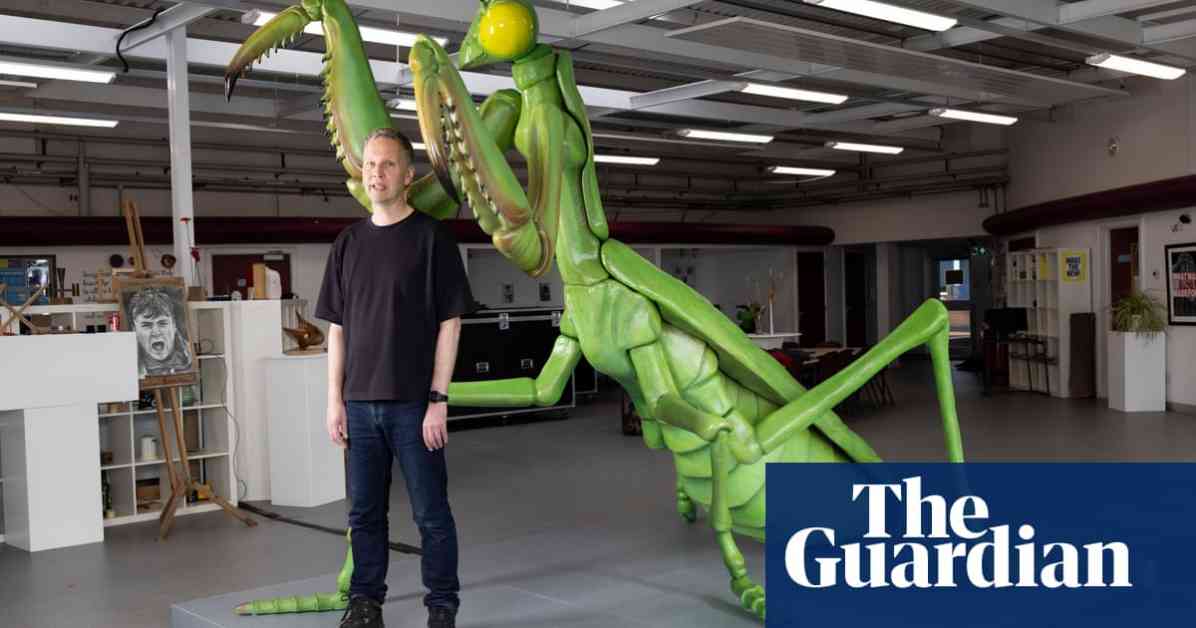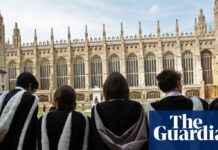David Shrigley, a renowned artist, recently shared his views on the education system, advocating for a broader focus on the arts alongside Stem subjects. Stem, which traditionally stands for science, technology, engineering, and mathematics, should be expanded to include the arts, according to Shrigley. He believes that creativity plays a crucial role in problem-solving across various professions, including engineering.
To emphasize the significance of arts education, Shrigley unveiled the Mantis Muse, a striking nine-meter sculpture, at his former comprehensive school in Leicestershire. This sculpture serves as the centerpiece of an alternative curriculum designed to spark a national dialogue on the importance of arts in education. Shrigley stressed that art subjects provide students with agency and the opportunity to create their own projects, fostering personal development and critical thinking skills.
During the launch of his curriculum, students at Beauchamp College in Oadby had the chance to engage in a variety of activities, including yoga classes, kung fu lessons, screen-printing workshops, bug drawing sessions, and talks from experts in animal behavior and mantids. The presence of the giant mantis sculpture in the school’s art and design block served as a tangible reminder of the value of arts education.
In recent years, there has been a concerning trend of students opting for science-based subjects over humanities and arts disciplines. Reports indicate a decline in the number of students combining humanities with sciences or maths, with fewer students choosing arts subjects like music and design. This shift in academic preferences has raised questions about the accessibility and integration of arts education in schools.
The cultural significance of arts education was further emphasized by Lisa Nandy, the culture secretary, who criticized the previous government’s neglect of the arts in the curriculum. Nandy highlighted the need to address the diminishing emphasis on arts subjects in schools and pledged to advocate for their recognition and value in education. Shrigley welcomed Nandy’s remarks and expressed hope for positive changes in the education system regarding arts education.
Shrigley’s artistic interventions, such as the Mantis Muse sculpture and his creative recycling projects, reflect his commitment to promoting arts and creativity in various contexts. By challenging traditional perceptions of art and education, Shrigley encourages a reevaluation of the role of arts in fostering critical thinking, innovation, and personal expression among students.
In conclusion, David Shrigley’s advocacy for prioritizing arts in schools serves as a compelling reminder of the transformative power of creativity and self-expression in education. By expanding the focus on arts alongside Stem subjects, students can develop essential skills and perspectives that are vital for success in an increasingly complex and diverse world. Shrigley’s initiatives underscore the need for a more inclusive and holistic approach to education that values the arts as a cornerstone of learning and personal growth.




